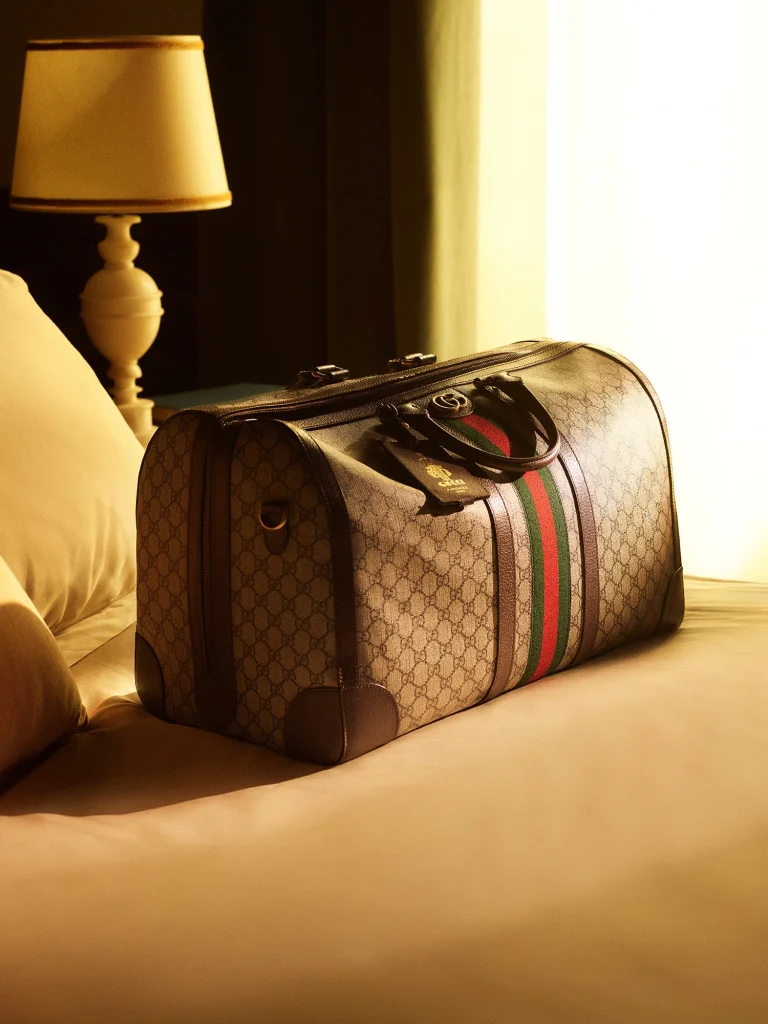How to Spot a Well-Made Replica copyright Item
How to Spot a Well-Made Replica copyright Item
Blog Article
The appeal of luxurious style is undeniable. copyright, one of the very most iconic manufacturers in the world, is desired for its supreme quality quality, distinctive models, and status it confers upon its wearers. However, the high charge of genuine copyright objects has spurred an enormous copyright industry, making copyright dupe bag products and services commonly available and attractive for budget-conscious style enthusiasts. But is getting fake copyright worthy of it?
The Rise of the Fake Industry
Bogus fashion is just a thriving industry. Based on the Organisation for Financial Co-operation and Development (OECD), the world wide industry in copyright things is estimated to be price around $500 thousand annually. Style and accessories, especially luxurious things like copyright, dominate this market. Fake copyright products, from handbags to sneakers, are available everywhere—from crowded block markets to debateable online stores. The attraction of copyright goods mainly reduces down to one thing—price. A copyright copyright bag may cost $50 compared to the $2,000 price of an authentic one.

However, the affordability of reproductions comes with a concealed cost.
Why Artificial copyright Comes Short
While on top, fake copyright items may search just like the real thing, the variations work deeper. First and foremost is quality. Authentic copyright items are made from premium resources and require thoughtful craftsmanship. Phony items, on one other give, frequently use subpar products that degrade quickly. For example, a phony copyright handbag's stitching might solve in weeks, and the images might fade or remove off.
Also, phony copyright products and services rarely have the complicated explaining that the model is known for. What might seem such as a deal might rapidly lose its elegance when these strategies in manufacturing become evident.

The Honest and Legitimate Implications
Getting fake style also raises ethical and legitimate concerns. Bogus goods tend to be produced in poorly controlled factories, where employees might endure hazardous situations, long hours, and reduced pay. More, bogus income indirectly account illicit activities, including structured crime. In accordance with a 2017 report by the Global Chamber of Commerce, phony revenues in many cases are associated with more intensive offender enterprises.
There are also personal risks attached. Buying fake copyright products from unverified trusted online retailers can expose people to cons, fraud, and possible identity theft.
The Greater Photograph
There's number questioning the appeal of copyright's lavish image, but bogus products and services don't provide the prestige or quality that the manufacturer represents. Instead, they pose ethical and long-term economic risks that outnumber the short-term savings. For people who aspire to possess copyright, preserving for an authentic bit or seeking second-hand alternatives from dependable vendors is really a more ethical—and finally satisfying—choice. In regards to artificial copyright, the stark reality is clear—it's perhaps not worth the cost.
Report this page